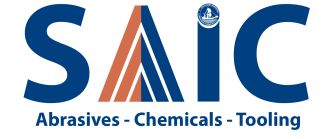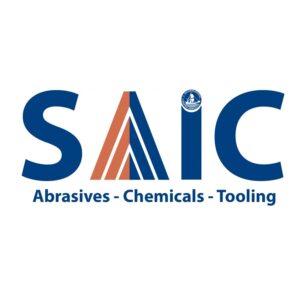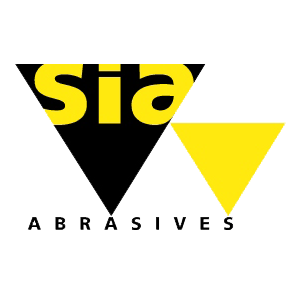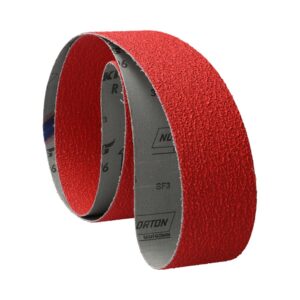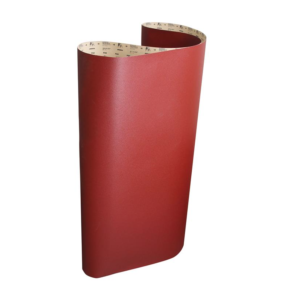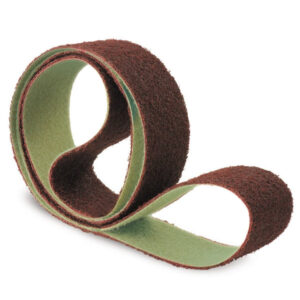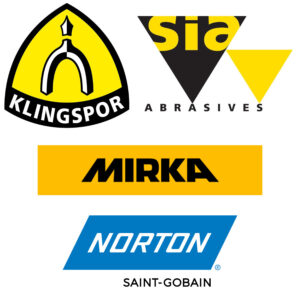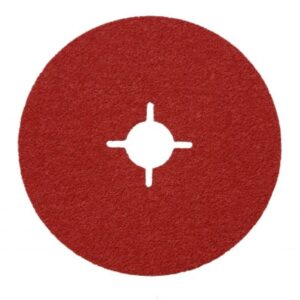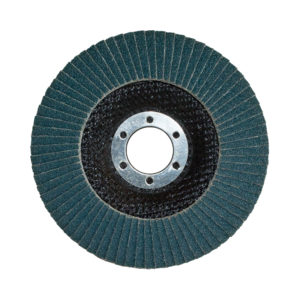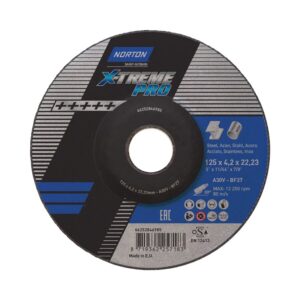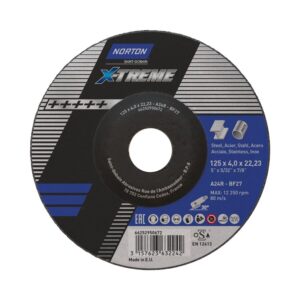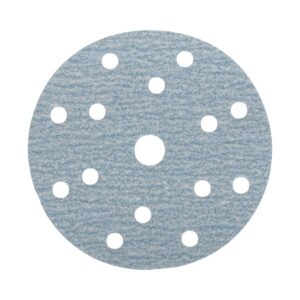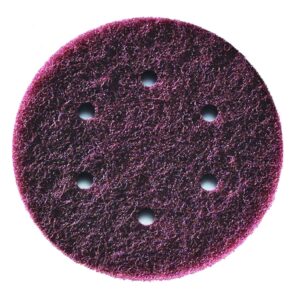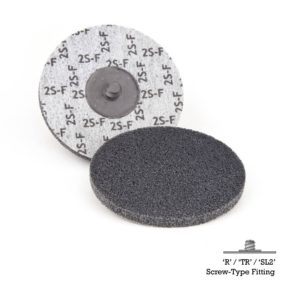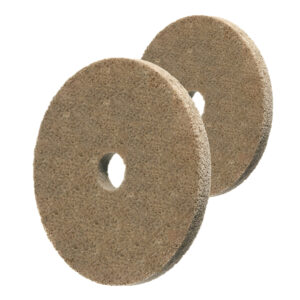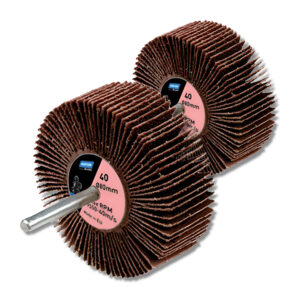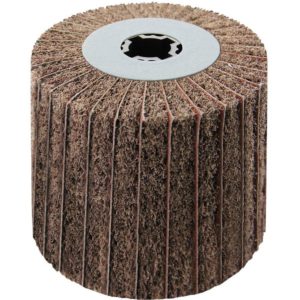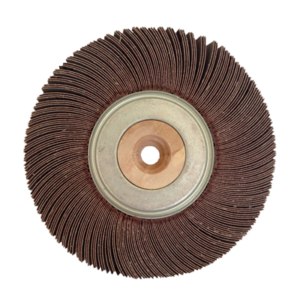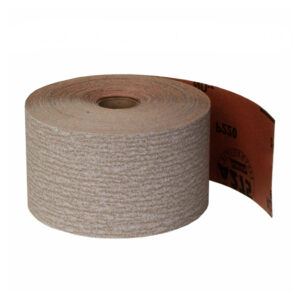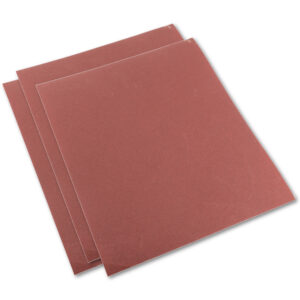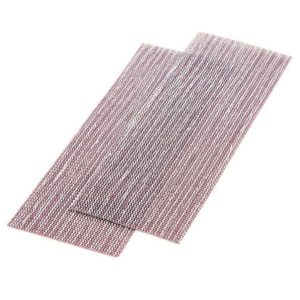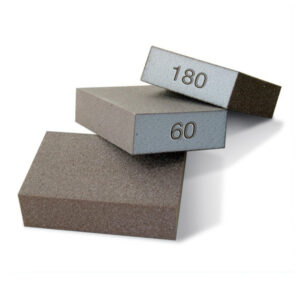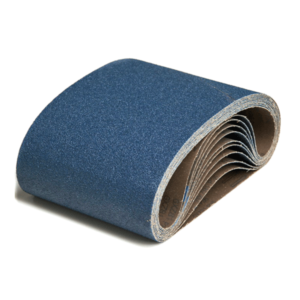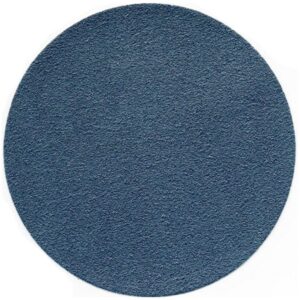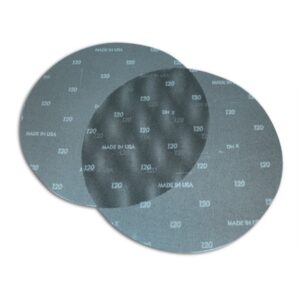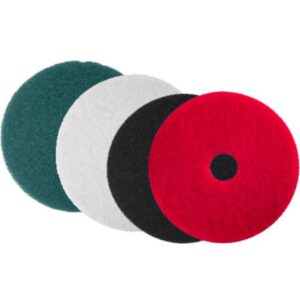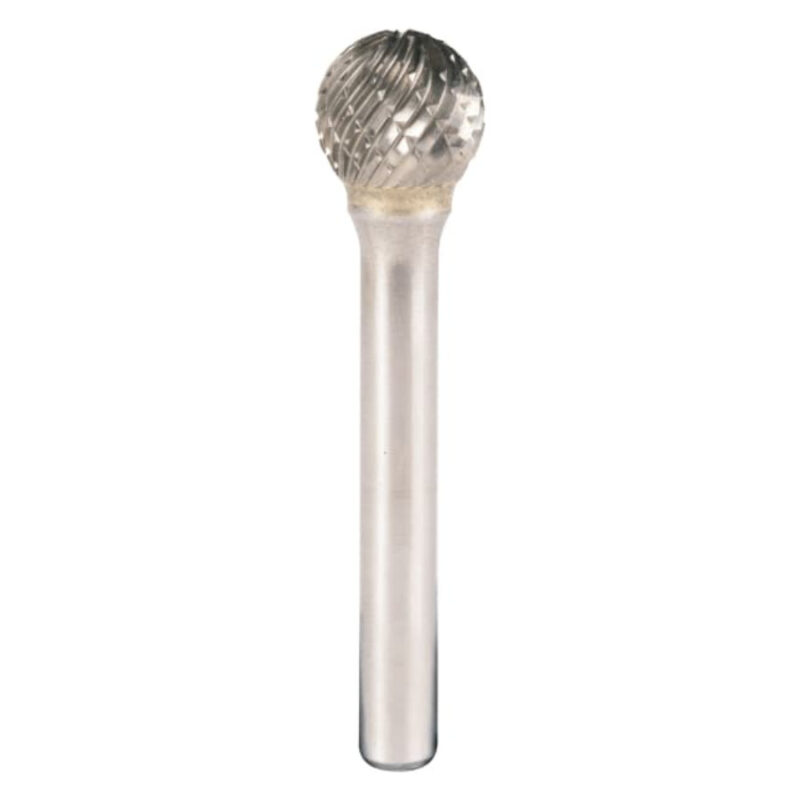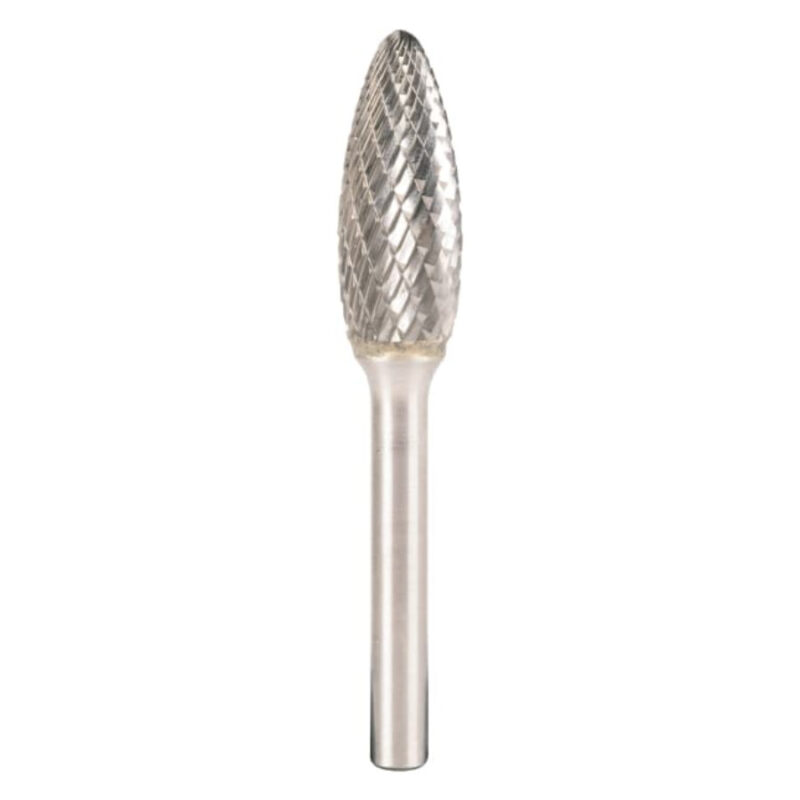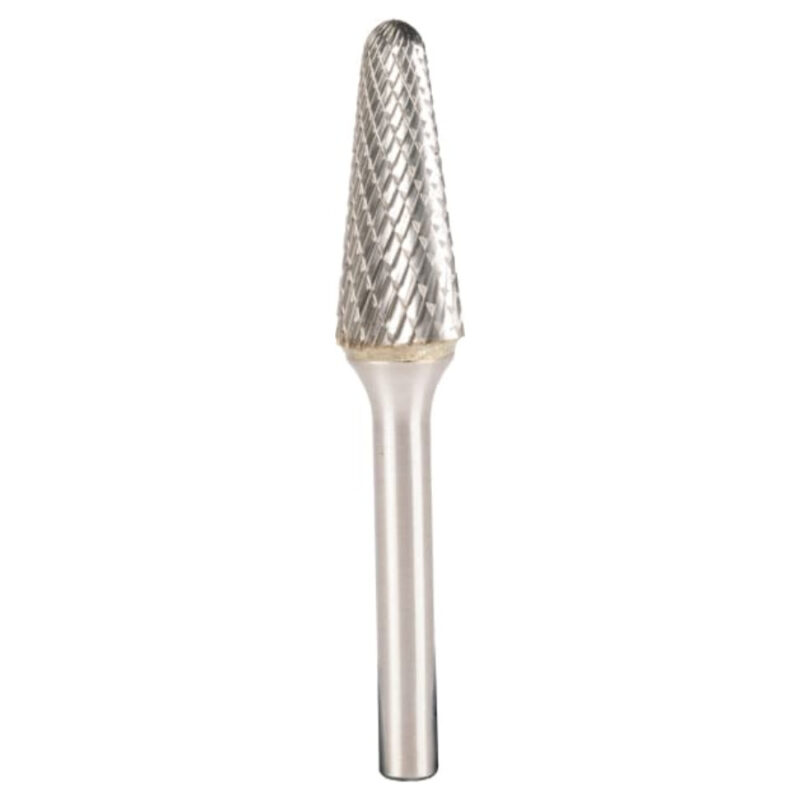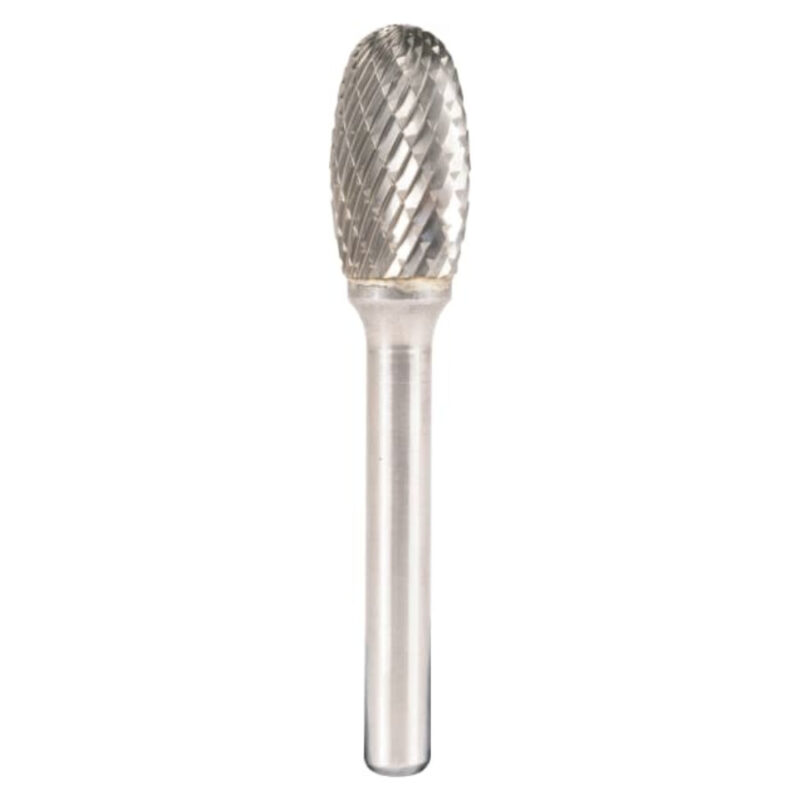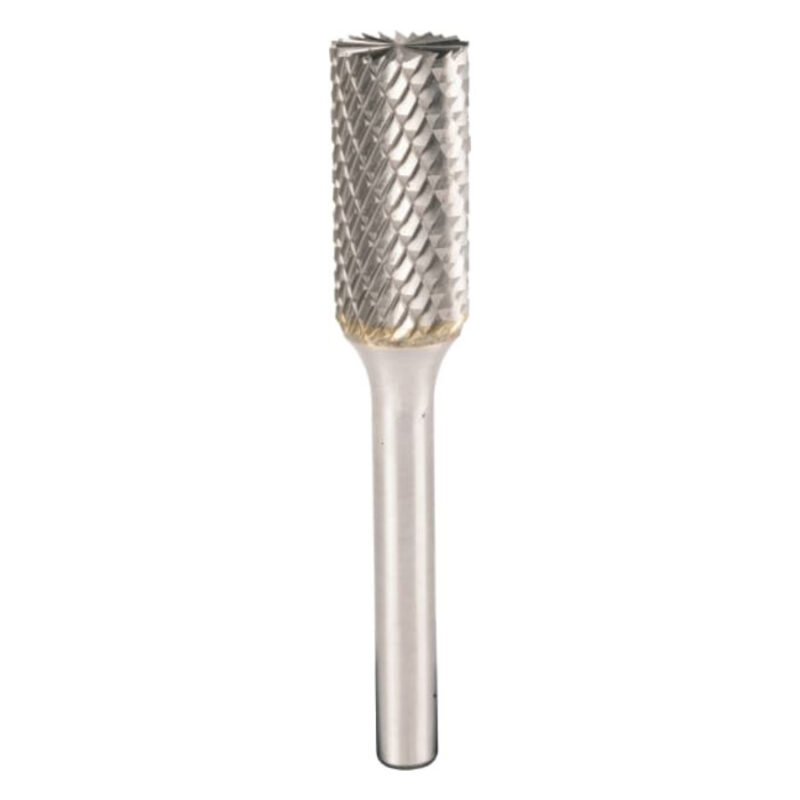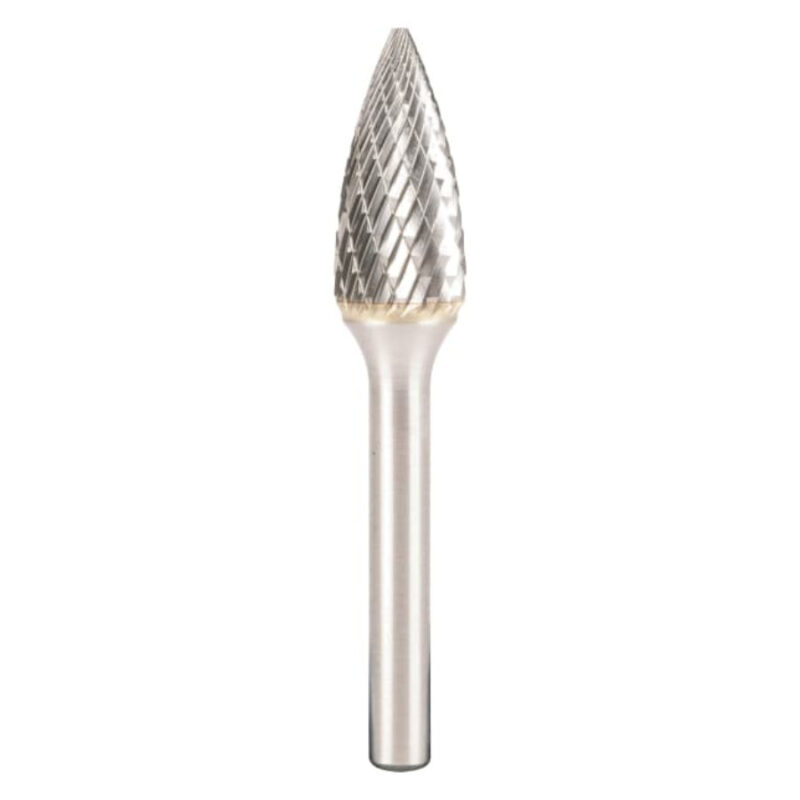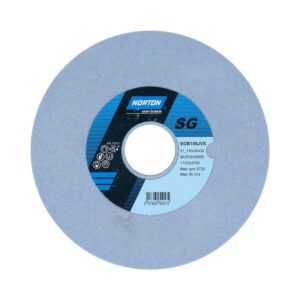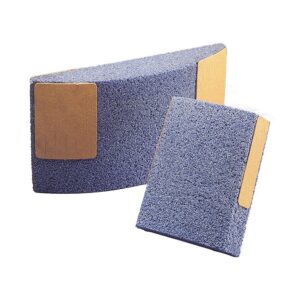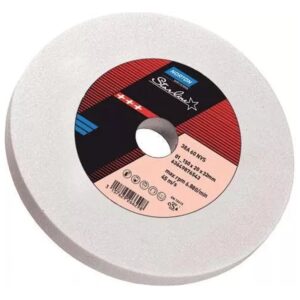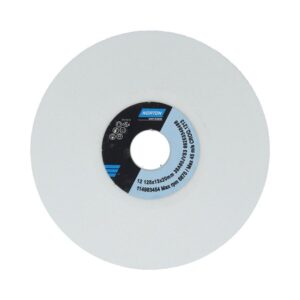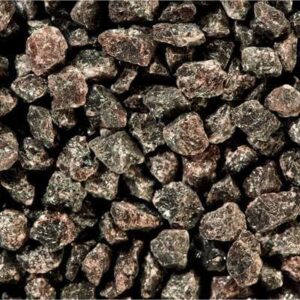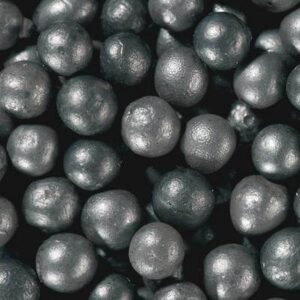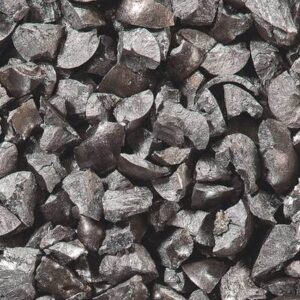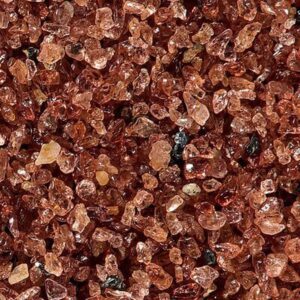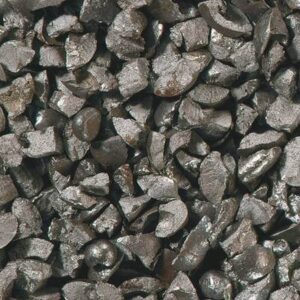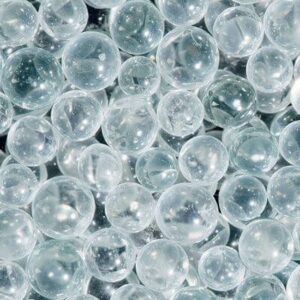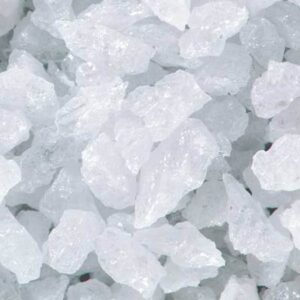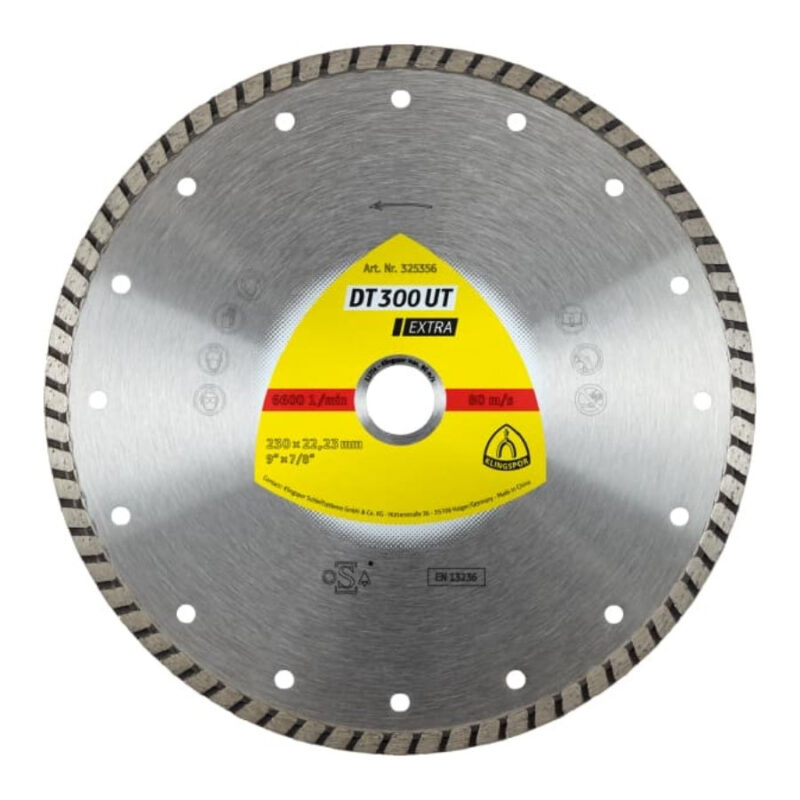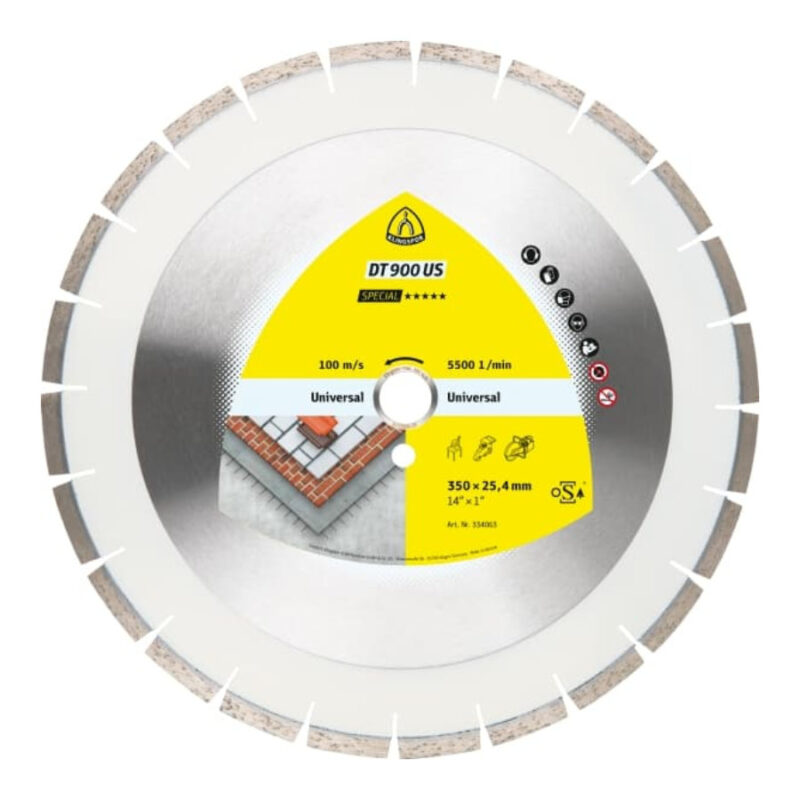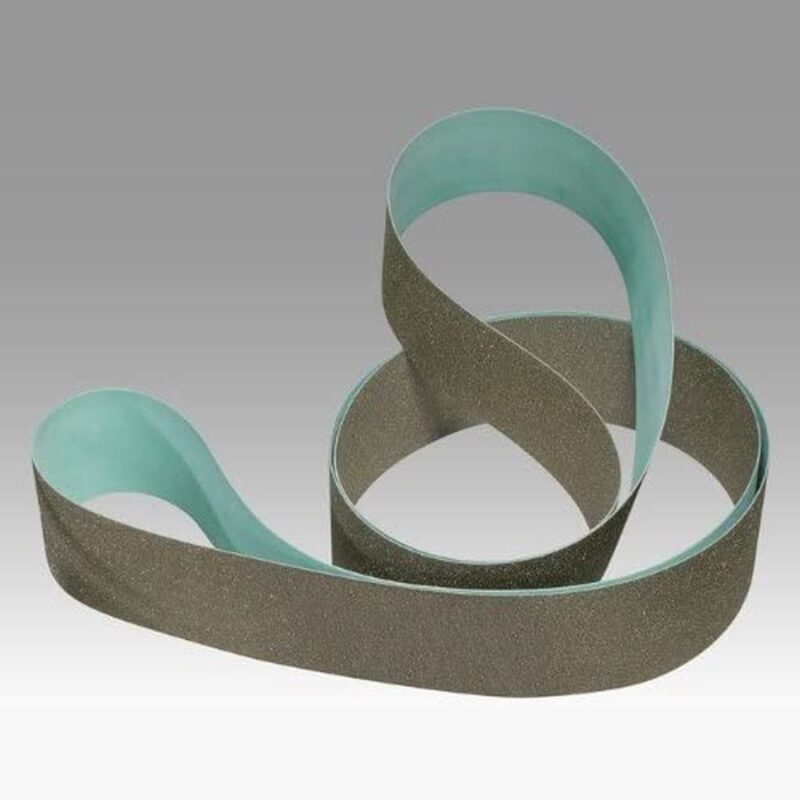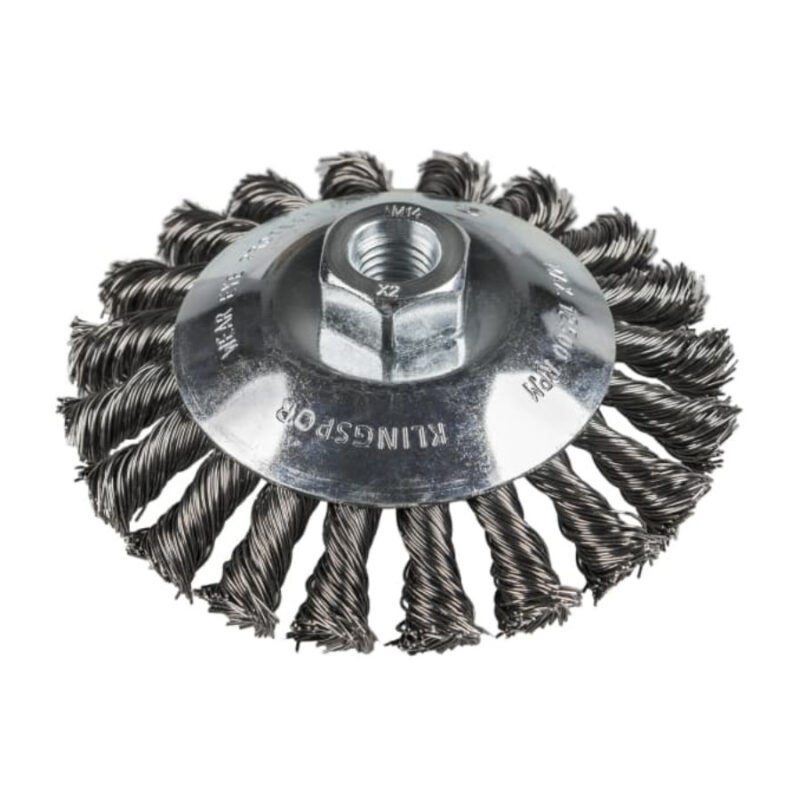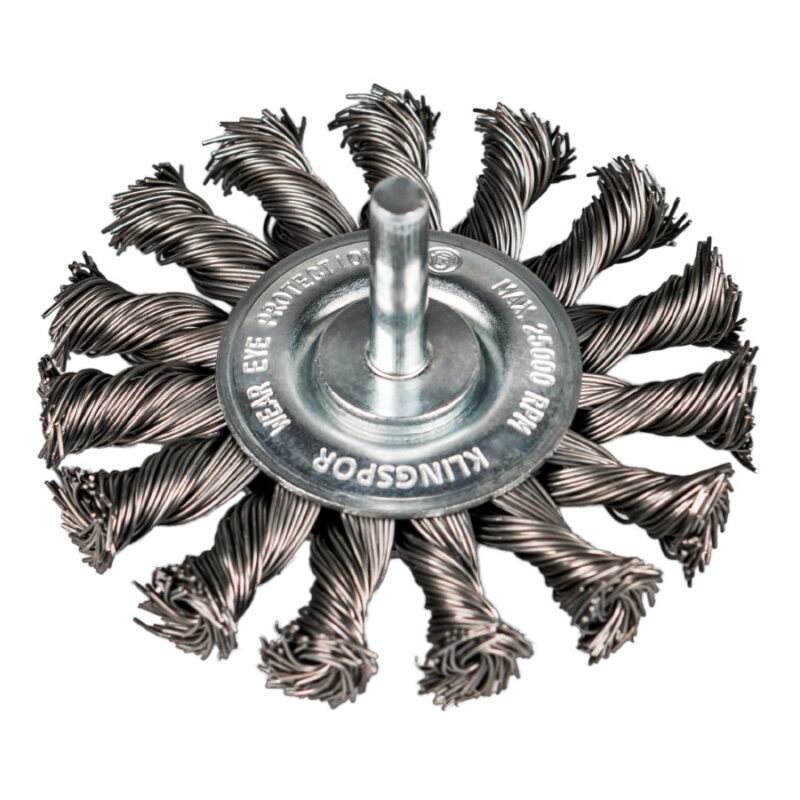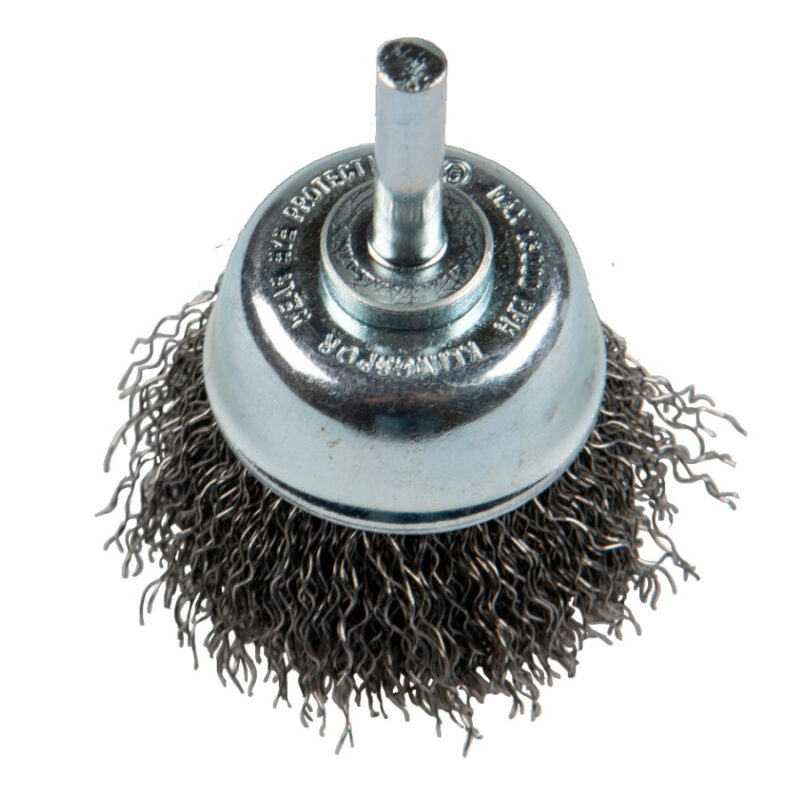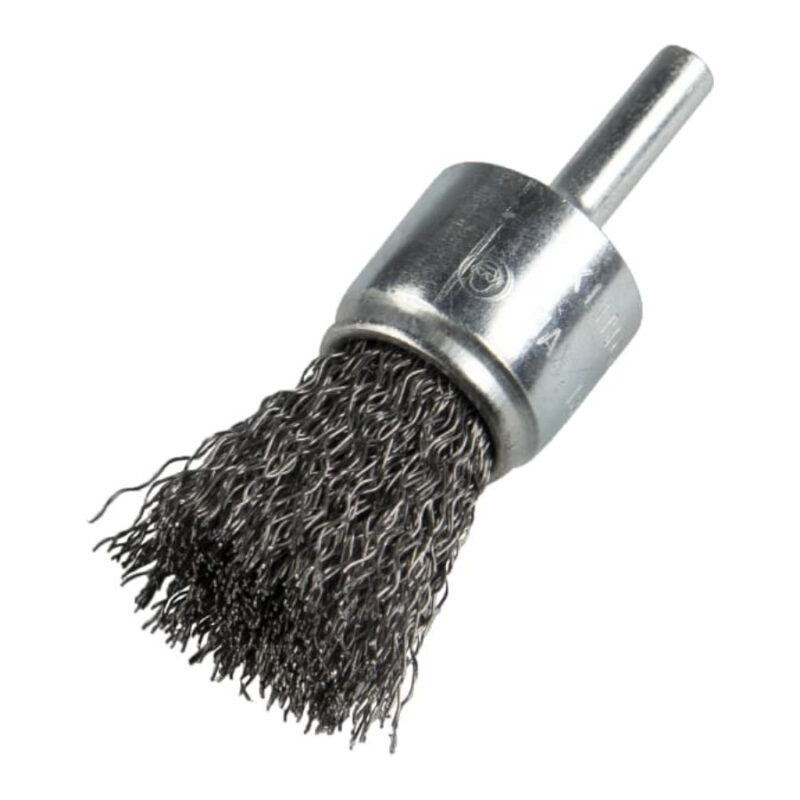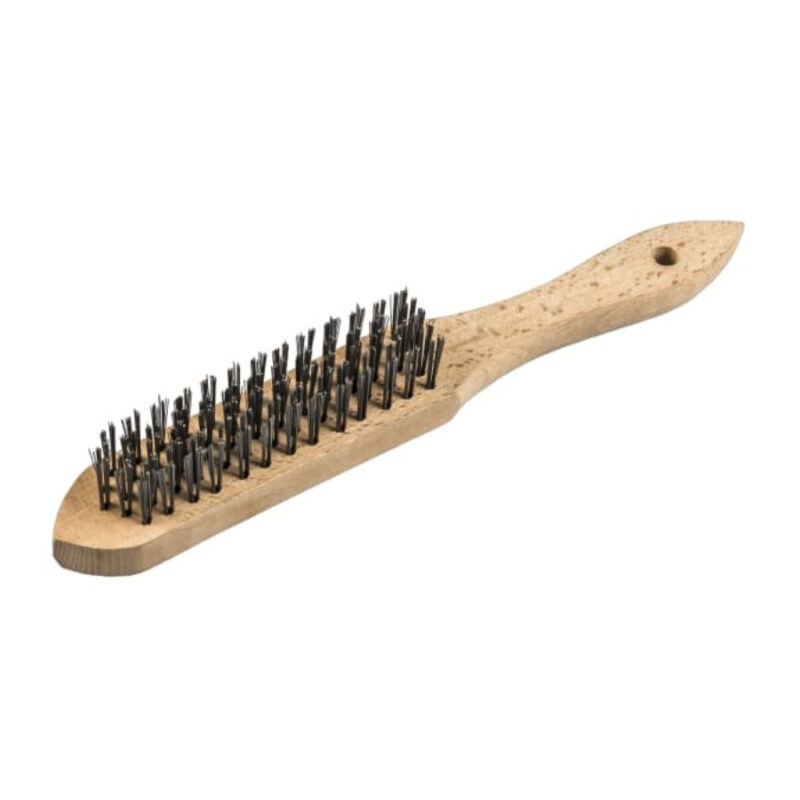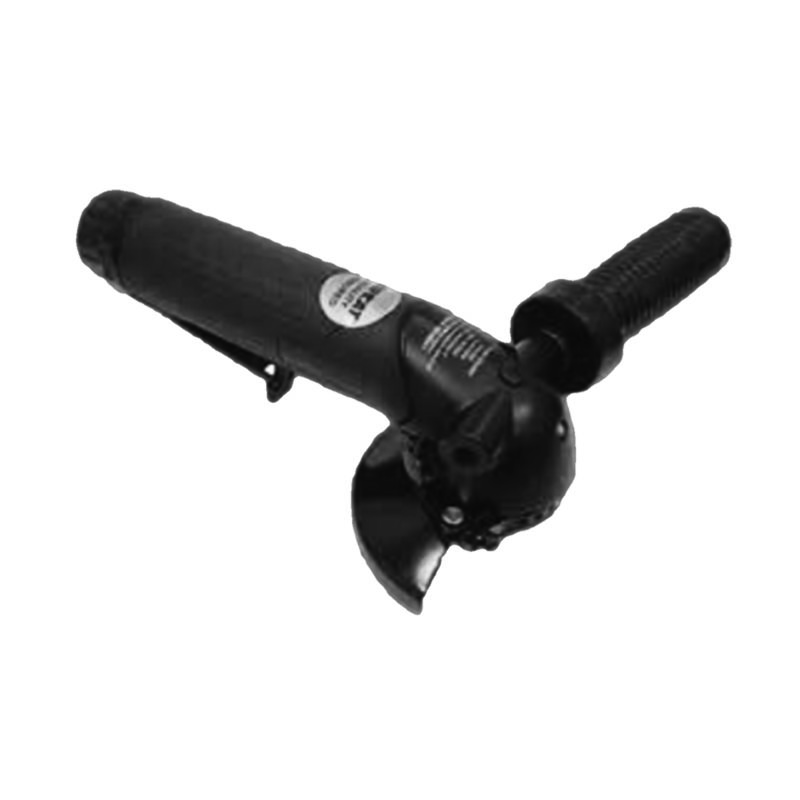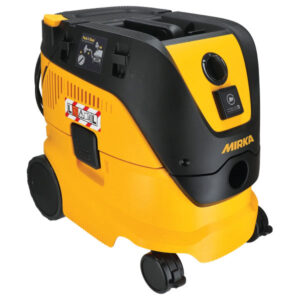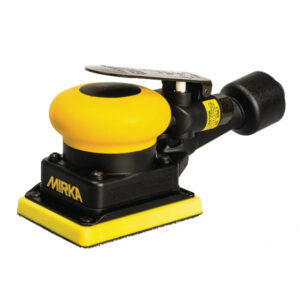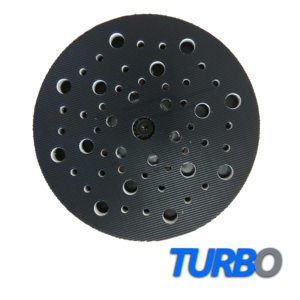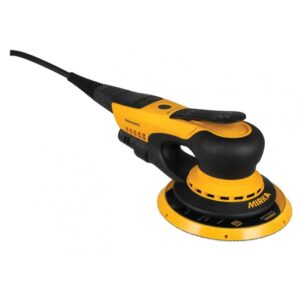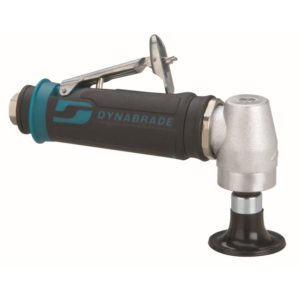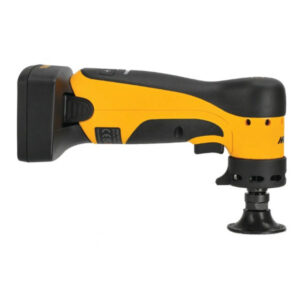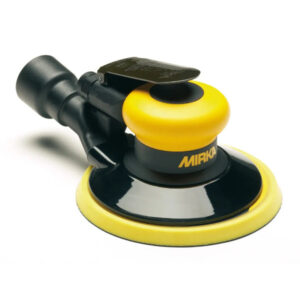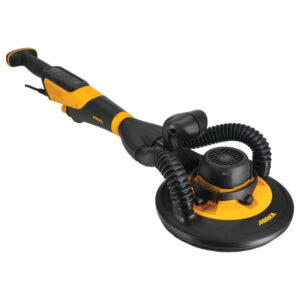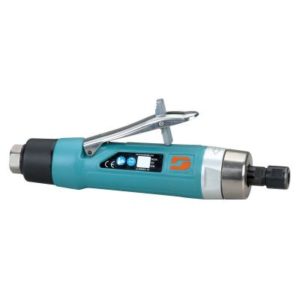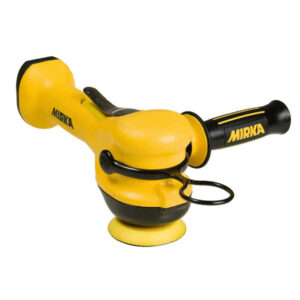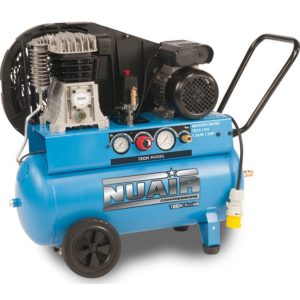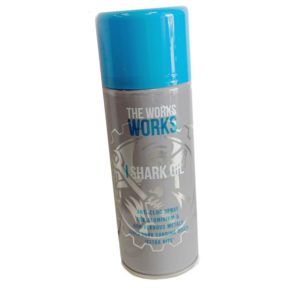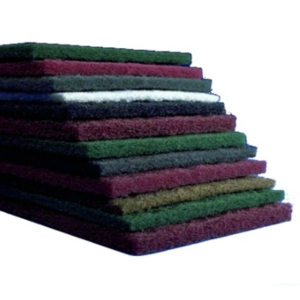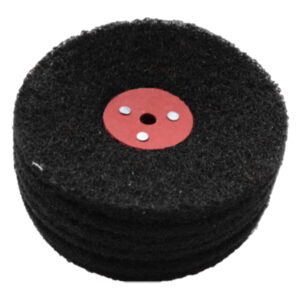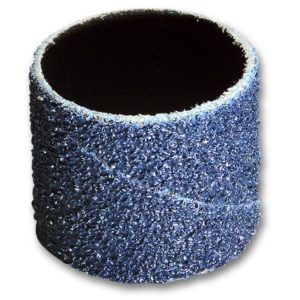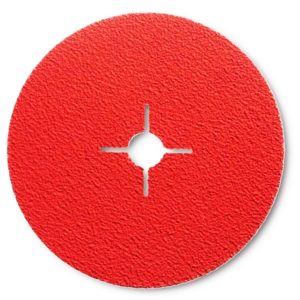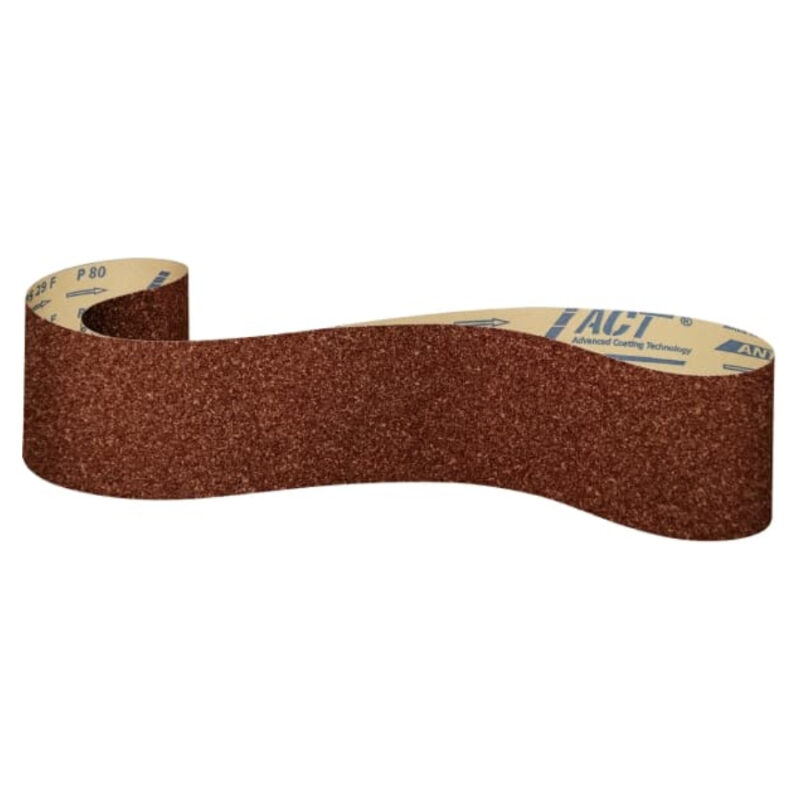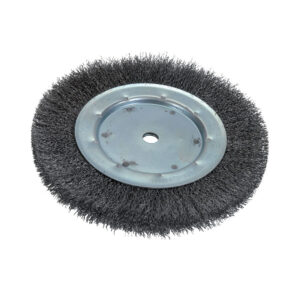Buffing/Polishing Tools
Polishing and buffing are finishing techniques used to achieve a smooth, glossy surface on various materials such as metal, wood, plastics, and more. These techniques use abrasives to remove any scratches or imperfections on the surface of the material, leaving a smooth and reflective finish. In this article, we will explore the various polishing and buffing tools available and how they use abrasives to achieve their desired results.
Polishing and buffing tools come in many shapes and sizes, ranging from handheld tools to large machines. Some of the most commonly used polishing and buffing tools include rotary tools, bench grinders, and polishing machines. These tools use different types of abrasives, including polishing wheels, polishing discs, and polishing pads, to achieve different levels of finish.
Polishing wheels are abrasive discs that come in a variety of materials, including felt, cloth, and sisal. These materials are chosen for their ability to absorb polishing compounds and deliver a smooth, reflective finish. The hardness of the wheel material determines the aggressiveness of the polish. Harder materials, like sisal, are used for initial cutting and leveling of the surface, while softer materials, like felt, are used for final finishing and high gloss. Polishing wheels are used with polishing compounds, which are specially formulated abrasives that help to lubricate and cool the surface while removing scratches and other imperfections.
Polishing discs are similar to polishing wheels, but are typically used with a rotary tool or bench grinder. They come in various materials and grits, with lower grits used for initial leveling and higher grits used for final finishing. Polishing discs may be flat or contoured, and are often used for polishing small or hard-to-reach areas. Like polishing wheels, they are used with polishing compounds to achieve the desired finish.
Polishing pads are another type of abrasive tool used for polishing and buffing. They are typically made from foam, felt, or wool, and come in a range of sizes and shapes. Polishing pads are often used with polishing compounds to remove scratches and other imperfections, and to achieve a high-gloss finish. Foam pads are the softest and are used for final finishing and high-gloss applications. Felt and wool pads are used for cutting and leveling, and for achieving a medium-gloss finish.
Polishing machines are large, heavy-duty machines designed for use in industrial or commercial settings. They typically feature multiple polishing heads, each with its own abrasive disc or pad, and can be used to polish large or irregularly shaped objects. Polishing machines may use a variety of abrasive materials, including diamond discs and pads, which are extremely hard and durable, and are used for grinding and leveling surfaces. They may also use other abrasive materials, such as ceramic, which are more flexible and able to conform to the shape of the surface being polished.
When using polishing and buffing tools, it is important to choose the appropriate abrasive and polishing compound for the task at hand. Different materials require different abrasives, and using the wrong abrasive can damage the surface being polished. For example, diamond abrasives are very hard and durable, and are best suited for polishing hard materials like metal or glass. However, they may be too aggressive for use on softer materials like wood or plastics.
In addition to choosing the appropriate abrasive, it is also important to follow proper safety procedures when using polishing and buffing tools. These tools can generate a significant amount of heat and friction, and can cause serious injury if not used correctly. Some key safety considerations include wearing appropriate personal protective equipment, such as safety glasses and gloves, keeping the work area clear of debris and other hazards, and ensuring that the tool is in good working order before use.
In conclusion, polishing and buffing tools are essential for achieving a smooth and glossy finish on a variety of materials. These tools use abrasives in various forms, such as polishing wheels, discs, and pads, to remove imperfections and achieve the desired finish. When using these tools, it is important to choose the appropriate abrasive and follow proper safety procedures to minimize the risk of injury or damage. With the right technique and equipment, polishing and buffing can be an effective way to achieve a professional-looking finish on a wide range of surfaces.
